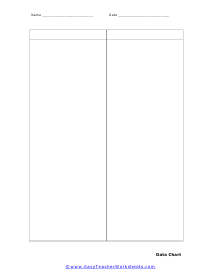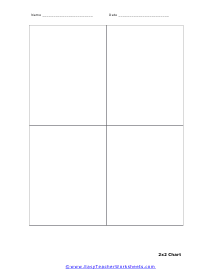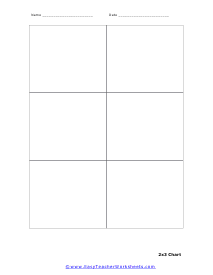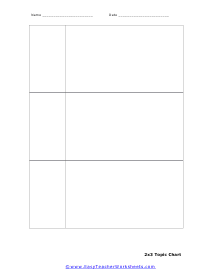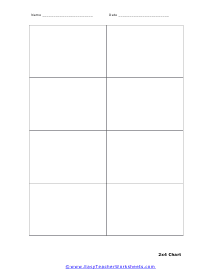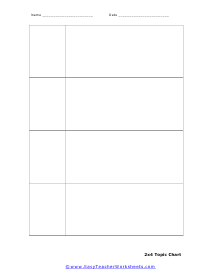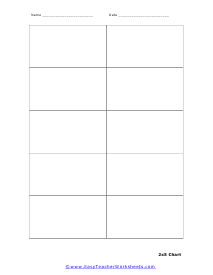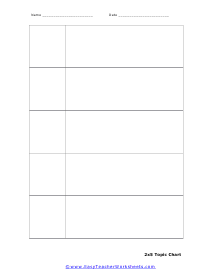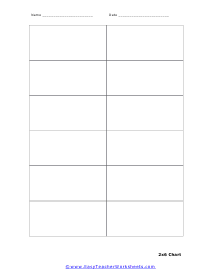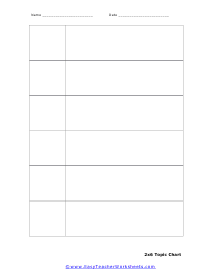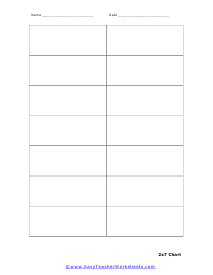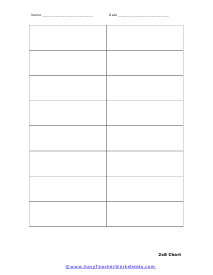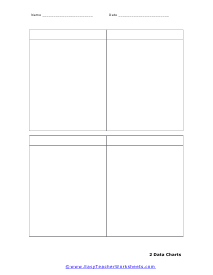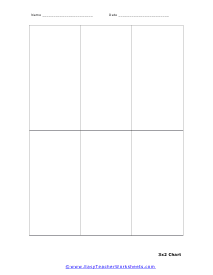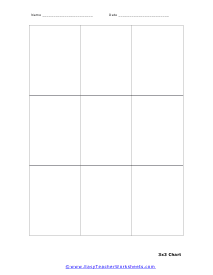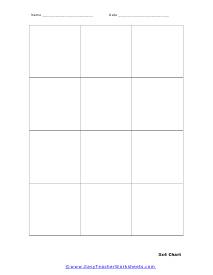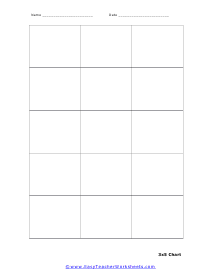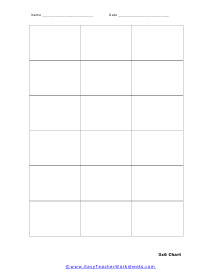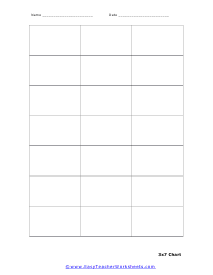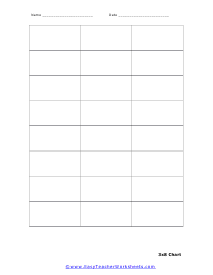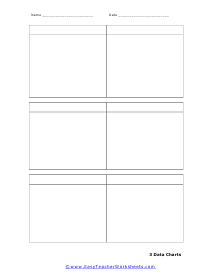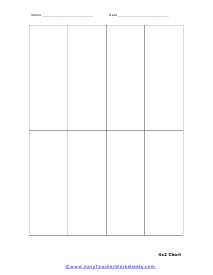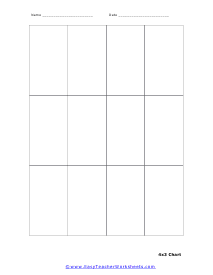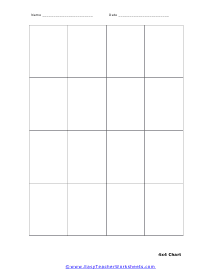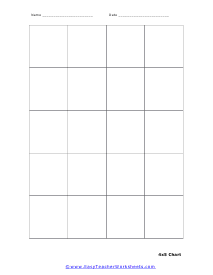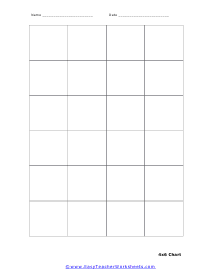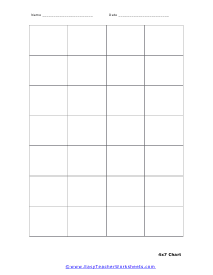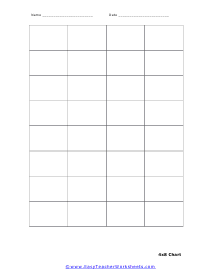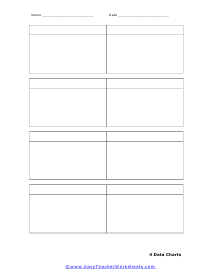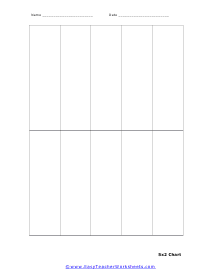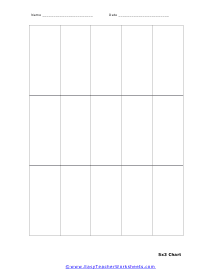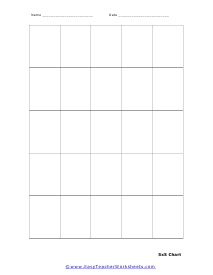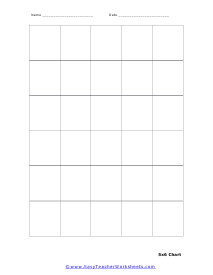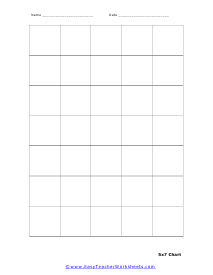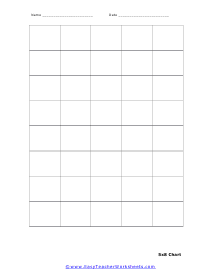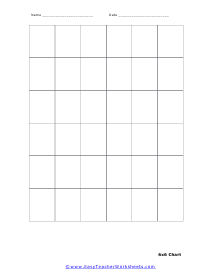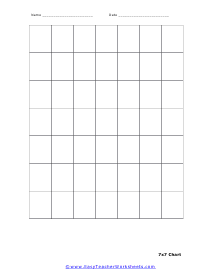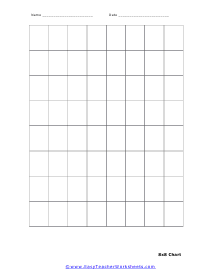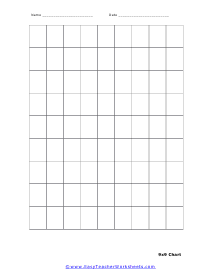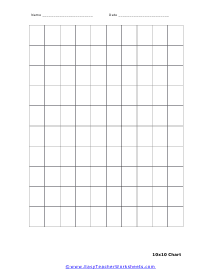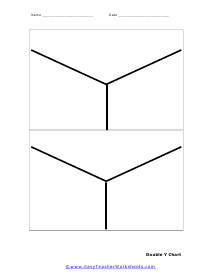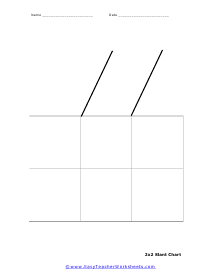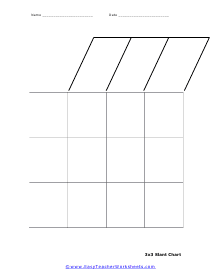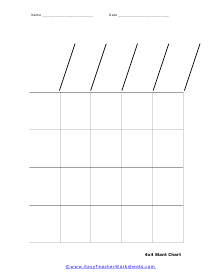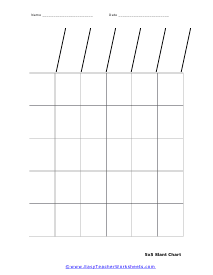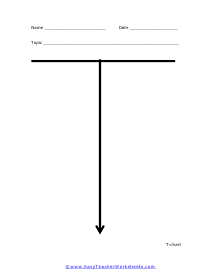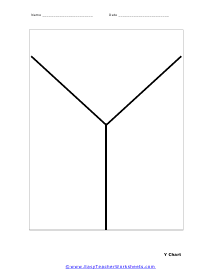How Do Charts Help Us Explain Things? It is no doubt that visual representation has a profound effect on the way we learn things. It helps us to get a deeper understanding of the things and comprehend the data quickly. When you take a look at the things that are complex, the easiest way to represent them is via graphs and charts. When you use charts in your presentations, it gives your work clarity, authority, and conciseness. Since the main function of charts is to tell a complex story in a simpler way, you can use them to display data and encourage further exploration of complex methods. You can use them when they don't serve adequate in situations when you have larger data and important information to demonstrate the relationships or patterns to deal with. The easiest way to use charts is to think about the information you have on hand and the outcome you want that information to yield. Analyzing the two, you can make charts and support your data.
Sometimes you can't begin to get a handle on your data until you've found the best way to organize it. Whether you are comparing and contrasting the features of different products you want to purchase, collecting opinions for a survey, trying every combination of variables in an experiment, creating a schedule for a conference, planning a presentation, or just making a grocery list, you will need different chart formats. Choose from the handy templates below. Don't be afraid to mix and match the charts from the selections below to create perfectly organized data decks for your projects.


